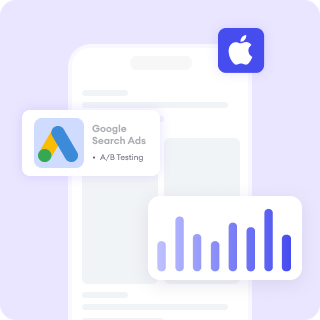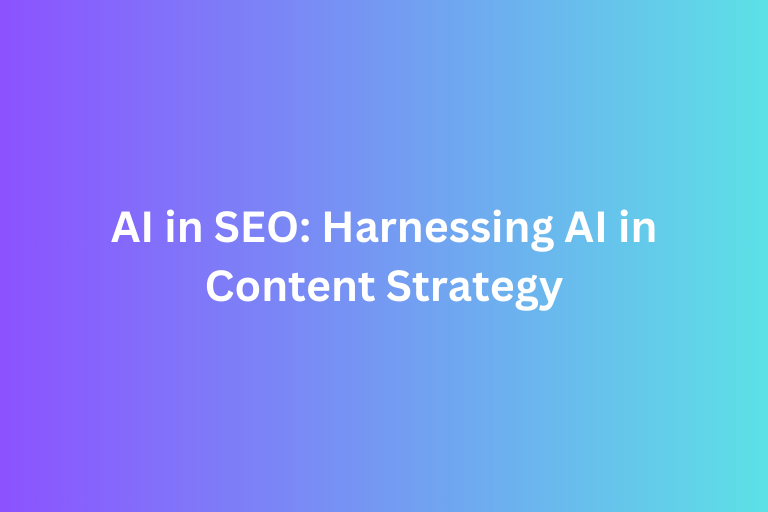Building a website is essential for establishing your online presence, whether you’re launching a business, sharing your expertise, or promoting a product. However, the process can feel a bit confusing if you’re new to it.
Questions like "How do you organize the site?", "What information should you include?" And "how do you ensure it’s clear and user-friendly?" will be playing in your mind.
A well-structured website is not just visually appealing but it also plays a critical role in search engine optimization (SEO). A good structure helps search engines understand your content, which can improve your visibility in search results. More importantly, it creates a positive experience for your visitors, making them more likely to stay, explore, and take action.
In this guide, we’ll walk you through the importance of website structure and how to create an optimized website structure for your websites, complete with SEO tips that you can use. Let's get started!
Why Website Structure Matters
Before diving into specifics, let’s quickly cover why website structure is so important:
- Improves Usability: A clear structure makes it easy for visitors to navigate your site and find what they’re looking for.
- Boosts SEO: Search engines prioritize sites that are easy to crawl and understand. A good structure helps pages rank higher.
- Encourages Action: When users can quickly find the information they need, they’re more likely to engage with your content or make a purchase.
Key Elements of an Effective Website Structure
Let’s break down the essential components of a website and how to structure each one for maximum clarity and SEO impact.
1. The Homepage – Your First Impression
The homepage is the face of your website and serves as a gateway to the rest of your content. Its design and layout should immediately communicate your brand and guide visitors to explore further.
What to Include:
- Clear Branding: Include your logo and tagline prominently. Let visitors know who you are and what you offer in a single sentence. Example: “Helping small businesses grow with custom digital marketing strategies.”
- Navigation Menu: Provide a simple, top-level menu that links to key pages like About, Products/Services, Blog, and Contact.
- Call-to-Actions (CTAs): Include 1-3 clear CTAs to guide users. Examples: “Shop Now,” “Learn More,” or “Contact Us.”
- Overview Sections: Briefly introduce your key offerings or services with links to dedicated pages.
SEO Tip: Use descriptive text for CTAs and headings. For instance, instead of “Click Here,” use “Explore Our Services” to include relevant keywords.
2. About Page – Telling Your Story
The About page is one of the most visited sections on any website. It helps build trust by sharing your story, mission, and values.
What to Include:
- Your Background: Explain how and why you started your business or project. Keep it relatable and concise.
- Mission Statement: Share your purpose and what sets you apart from competitors.
- Team Introduction (Optional): If relevant, introduce your team with names, photos, and roles.
- Achievements or Milestones: Highlight any awards, certifications, or major milestones.
SEO Tip: Incorporate keywords naturally while keeping the content focused on your audience. For example, if you’re a graphic designer, use terms like “freelance graphic design services” or “custom logo design.”
3. Products/Services Page – Highlighting What You Offer
This is the most critical page for businesses offering products or services. A well-structured page makes it easy for users to find what they need and take action.
What to Include:
- Organized Categories: Group your offerings into clear categories or sections.Example: For a bakery, categories might include “Cakes,” “Pastries,” and “Custom Orders.”
- Descriptions: Write concise, benefit-focused descriptions for each product or service.Example: Instead of “Durable backpack,” write “Our waterproof backpacks keep your belongings safe in any weather.”
- High-Quality Images or Videos: Visual content is crucial for showcasing your products. Use clear, high-resolution images.
- Pricing or Contact Options: If possible, include pricing. For services, offer a simple way for visitors to request a quote or learn more.
SEO Tip: Use product or service keywords in titles and descriptions. Include alt text for all images to improve accessibility and SEO.
4. Blog – Building Authority and Driving Traffic
A blog is a powerful tool for SEO and engagement. It allows you to answer common questions, provide valuable insights, and showcase your expertise.
What to Include:
- Regularly Updated Content: Publish posts that address your audience’s needs or interests.Example: A fitness coach could write posts like “Top 5 Exercises for Beginners” or “How to Stay Consistent with Your Workouts.”
- Internal Links: Link to relevant pages or blog posts within your content. This helps with SEO and keeps visitors on your site longer.
- Comments Section (Optional): Encourage engagement by allowing readers to leave comments or questions.
SEO Tip: Research keywords related to your niche and include them naturally in your blog posts. Use headings (H1, H2, etc.) and meta descriptions to optimize each post for search engines.
Learn more: How To Master Internal Linking For Your Website
5. FAQ Page – Answering Common Questions
A Frequently Asked Questions (FAQ) page provides quick answers to common concerns and helps reduce customer uncertainty.
What to Include:
- Concise Answers: Address questions about shipping, returns, product details, or services.
- Searchable Layout: Use headings or collapsible sections to make it easy to find specific answers.
- Call-to-Action Links: Direct users to relevant pages for more details (e.g., “Learn more about our return policy here”).
SEO Tip: Phrase your questions the way your audience might search for them. For example, instead of “Returns,” use “How do I return a product?”
6. Contact Page – Making Connections Easy
Your Contact page is a critical touchpoint for visitors who want to reach out. Make it straightforward and welcoming.
What to Include:
- Contact Form: Include fields for name, email, and message.
- Direct Contact Information: Share your email, phone number, and address (if applicable).
- Social Media Links: Encourage visitors to connect with you on platforms like Instagram or LinkedIn.
- Operating Hours (if applicable): For businesses with physical locations, list your hours.
SEO Tip: Use a location keyword in your content if relevant. For example, “Contact our New York office for more information.”
Technical Tips for Structuring Your Website
- Use a Logical URL Structure: Ensure your URLs are clean and descriptive. For example:
- Good: www.example.com/about
- Bad: www.example.com/page?id=12345
- Add a Sitemap: A sitemap helps search engines index your site more effectively. Most website builders generate one automatically.
- Optimize Navigation: Keep your menu simple with 5–7 main links. Use dropdowns sparingly for subcategories.
- Make It Mobile-Friendly: With most web traffic coming from mobile devices, your site should look great on all screen sizes.
The Bottom Line
Creating a beginner-friendly website structure doesn’t have to be complicated. A well-structured website doesn’t just benefit your visitors, but you’ll make it easy for visitors to understand your brand and find what they need. It also helps search engines understand your content, improving your visibility and driving more traffic.











